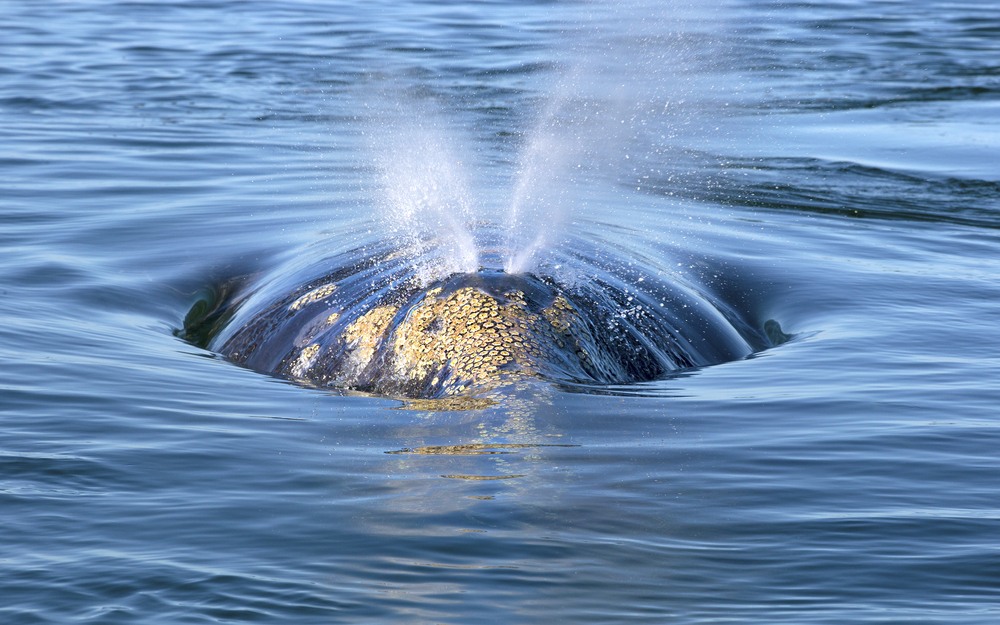Seen from May to November in Jervis Bay, the humpback whale is an amazing ocean mammal. In the southern hemisphere, humpback whales migrate northward during the winter months, leaving the cold seas of the Antarctic behind and heading towards the warmer waters surrounding Australia. Visitors to our coast are lucky enough to be treated to excellent views of these magnificent animals, passing by in the hundreds.
Ever since the days of tales like Moby Dick, whales have seemed mysterious, powerful creatures of the deep. While no longer a mystery, humpback whales are still fascinating and have many unusual qualities. Here are some facts you probably didn’t know about humpback whales:
Not All Humpback Whales Sing
The humpback whale may be known for its distinctive and almost mournful song, but the truth is, not all humpbacks sing. The wide variety of hums, moans, and whistles is actually only performed by male humpbacks, with some debate about the ultimate purpose of these vocalisations. While these sounds are able to be heard and picked up by other whales miles away, scientists are still not entirely sure why humpback whales sing. The most likely theory is that whale song is related to mating or positional communication between male humpbacks. Interestingly, whales in a given area perform the same song, but it changes slowly over time.
Humpbacks Must Remember to Breathe
Whales are mammals and breathe air just like humans. However, while we breathe automatically, humpback whales breathe voluntarily. And while their lengthy dive time (the average whale can hold its breath underwater for about 60 minutes) might suggest that whales can breathe underwater, this is not true. Whales draw breath through the blowhole on the top of their heads and must surface, albeit not a lot, in order to breathe.
Since they must breathe on their own, you might wonder how whales sleep at night. Scientists believe that the whales keep part of their brain engaged while they sleep, allowing them to continue breathing while still getting some shut-eye.

Humpback whales are the most acrobatic whales
This fact may not be as much of a secret, since the impressive tricks of the humpback draw people near and far for whale watching. Breaching and tail slapping are just a few of the ways in which humpbacks fly through the air (seemingly with the greatest of ease!). Researchers think that these activities play a role in communication for the whales or may help them loosen some of the many barnacles that have grown attached to their skin. A further school of thought holds that the whales do these movements simply for sheer joy!
Now that you’re an expert on humpback whales, it’s about time you came to see these beautiful mammals for yourself! Our whale eco cruise (whale watching tour) departs daily from mid-May until November. Book now and come catch a glimpse of the mighty humpback.





